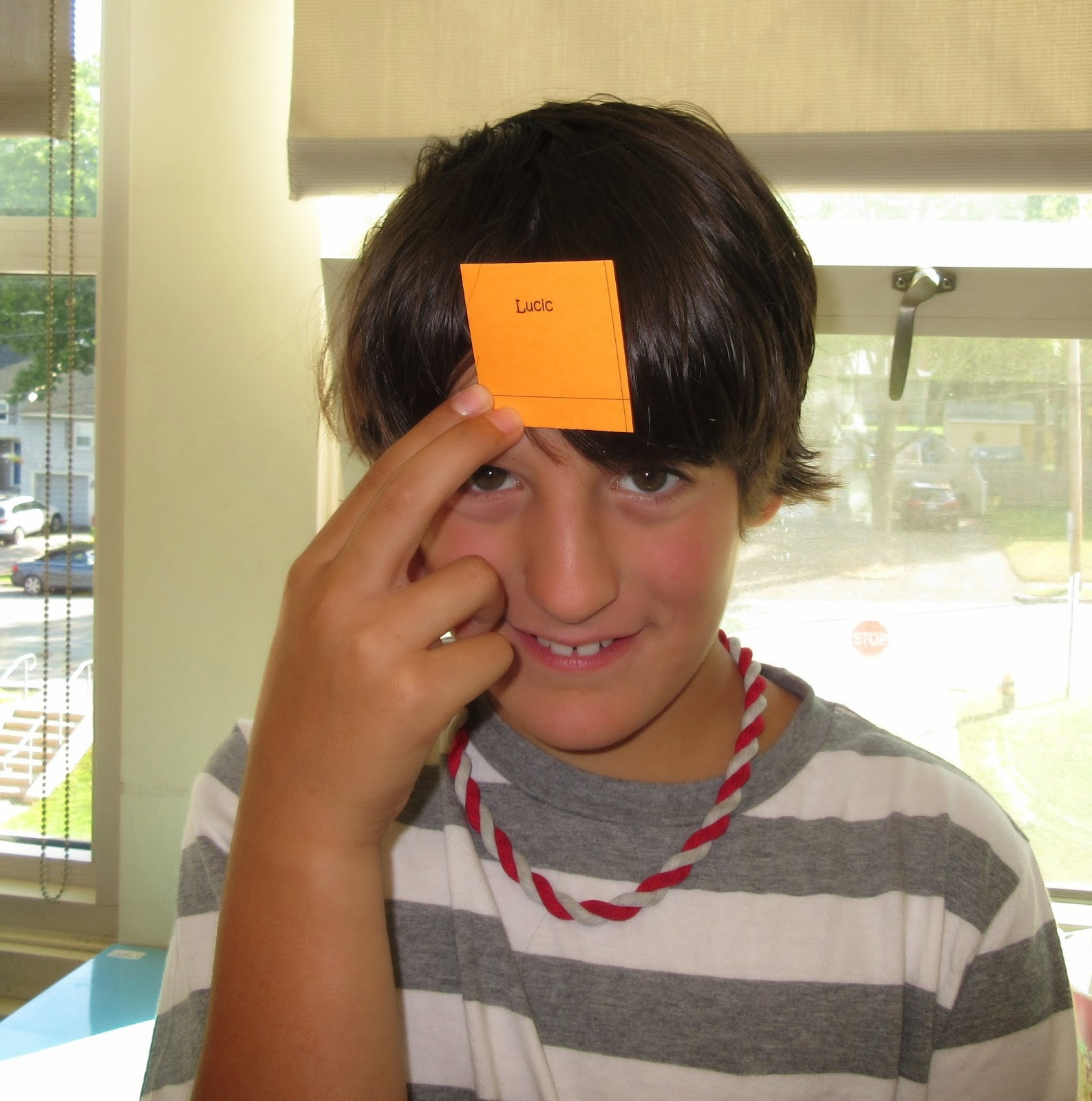Thursday, August 28, 2014
First Day of School
We had such a wonderful first day of school here at Barrows. Check out some of the pictures of our Shining Stars enjoying the start to the 2014-15 school year; http://share.shutterfly.com/view/flashShareSlideshow.jsp?sid=0AZN2bZozbMW7CLA
Wednesday, August 27, 2014
Friday, August 15, 2014
Ice Bucket Challenge
My family did the Ice Bucket Challenge this past week to support the awareness and fundraising campaign for ALS. We completed the challenge and also donated to the cause. I found it to be a great opportunity to talk with my girls about doing something to help others and sharing that with family and friends. Did you or your family participate? I would be excited to hear about how Barrows contributed to this cause or others.
Supporting causes outside of our day-to-day routines is great ways to expand the boundaries of awareness for our students. It could be volunteer hours, time, or kind gestures... but it sets the expectation that we support others in our community. I challenge the Barrows community to participate in a community service with your children. It could be the Ice Bucket Challenge - or supporting any cause of your choice. Have fun with it - and share your stories with me!
Check out our post-ice bucket dump picture below~
Supporting causes outside of our day-to-day routines is great ways to expand the boundaries of awareness for our students. It could be volunteer hours, time, or kind gestures... but it sets the expectation that we support others in our community. I challenge the Barrows community to participate in a community service with your children. It could be the Ice Bucket Challenge - or supporting any cause of your choice. Have fun with it - and share your stories with me!
Check out our post-ice bucket dump picture below~
Friday, August 8, 2014
Summer Program Community Helpers
Check out these awesome Reading students from the Extended Day summer program. They decided to do a good community deed and pick up trash around the Barrows campus - wow! What great kids! We were glad to host you this summer!
Tuesday, August 5, 2014
Good Teaching Is Built, Not Born
Good Teaching Is Built, Not Born
In this article in Parade, Elizabeth Green shares some of the main points of her new book, Building a Better Teacher (Norton, 2014). It’s a myth that teaching is an innate talent, she says: “Researchers have found that the most effective teachers can be extroverts – or they can just as easily be introverts. Some are humorous, but others are serious. Some are as flexible as rubber; others are as rigid as a ruler. It’s not personality that makes a teacher great, but a specialized body of knowledge that must be learned – and that often goes against what comes naturally.” Here are five teacher actions that she believes have the greatest impact on student learning:
• They use students’ mistakes to improve instruction. Researchers have found that teachers who are best at spotting why a third grader would think that 307 – 168 = 261 are the most successful at improving students’ math performance. “The best teachers put themselves in their students’ shoes,” says Green, “and grapple with how they arrived at the wrong answer in order to set them right.”
• They are precise in their instructions. Green approvingly cites Doug Lemov’s observation that saying “Shhhh” to a noisy class is ambiguous. “Are you asking the kids not to talk, or are you asking the kids to talk more quietly?” asks Lemov. Best practice is to eradicate ambiguity, respond to misbehavior with specificity, and describe the desired behavior rather than the problem. To get distracted students back to work, a teacher might say, “We’re following along in our books.”
• They encourage deeper thinking. Researchers who observe classrooms internationally have noticed that there are more “explain how and why” questions in higher-performing countries like Japan, Singapore, and Finland – questions that get students thinking at a higher level – for example, How did you find the area of this triangle? Why is the area 17? In American classrooms, there are more “name/identify” questions: What kind of triangles have we studied? What is the length of this shape? One study found that in the U.S., students helped initiate the solution to a problem in only 9 percent of lessons, compared to 40 percent in Japan. “By asking questions that pushed students to think on their own, Japanese teachers taught them more,” says Green.
• They cold-call. Calling on students whose hands are not raised gets much more mileage from each question, increasing the chance that all students will be thinking through the answer. It’s also effective to ask the question first, pause, and then call on a student.
• They show more than tell. Telling students to read a passage again or make a weak essay better is not very helpful. It’s most effective to show students the invisible mental steps that go into effective performance – making your thinking visible. “By taking students through each mental leap, one at a time, teachers can help them see the exact processes they’ll need to complete to be a better reader, write a better essay, or make a better argument,” says Green.
“Building a Better Teacher” by Elizabeth Green in Parade, August 3, 2014 (p. 6-9), www.parade.com
Subscribe to:
Comments (Atom)








